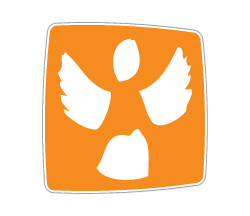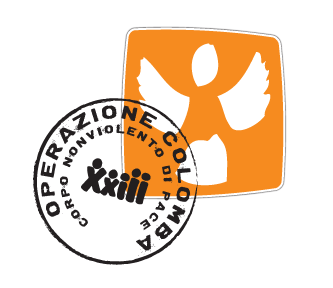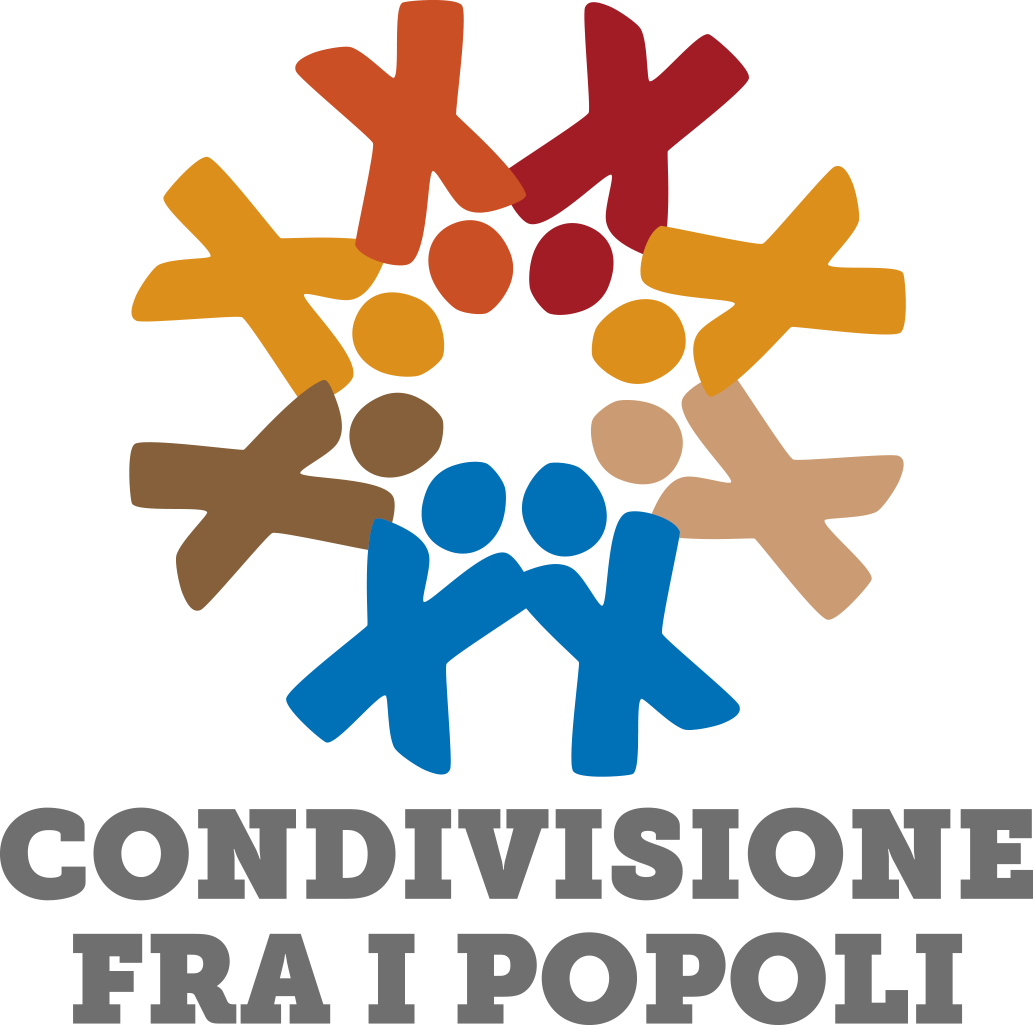Umm Al Khair – Dangerous neighbors
There is a thud in the middle of the night.
Then another.
Another one.
Some children start to cry. Suddenly we wake up. One by one, adults run outside the house, looking each other still sleepy.
In the meanwhile, shots become stronger, rocks thrown become bigger and reach the first houses and sheepfolds. The village is asleep, scared and tired from nights without sleeping caused by the continuous attacks. At 2 o’clock it starts raining rocks coming from the near settlement. Since weeks.
People are running to the international volunteers’ tent, near the fence which divides the village from the settlement. They run around looking for an answer with tired faces. Someone screams to call the police. A rock nearly strikes an old man. We start to look for the settler, but we enter another time the tent when another rock has been thrown near us. The thuds stop for a while.
The Israeli police arrives, but not at the village. The headlights of the jeep coming from the fence make us blinded. A policeman screams against us. Eid goes near him, explaining calmly what’s going on. Without any reason, the policeman starts to scream, and threats him of arrest. The jeep goes away.
After some minutes, the rain of rocks restarts.
We try again to see from where the violence is coming. But it’s too dark and the coward hides himself among the trees of the settlement.
We are stunned by the nonsense of what’s going on. We have a camera in our hands, our instrument against the injustice, but we can’t use it. We feel naked, useless, while other rocks are raining. The feeling of powerlessness grips us, throat tights us when we would like to scream that everything should go in another way, when we would like to find a way to stop the injustice. But we are not able to do it, the beast to face is far bigger than us. We look each other in our eyes without energy. There is a question echoing through that desperate silence. What can we still do?
Resist, even if sometimes you don’t know how to resist to all of this.
Umm Al Khair is a Bedouin village in the South Hebron Hills. The almost 150 inhabitants are refugees of the Al Hadhaleen clan expelled from the Tel Arad area by the Israeli Army and moved to the West Bank in 1948. The continuous expansion of Israel forced the community, remained without a place to graze, to buy a piece of land from people living in Yatta, a Palestinian city, and moving to Umm Al Khair in 1969.
In 1981 the Israeli settlement of Carmel has been built near the village, changing drastically the life of the residents. A fence and few meters divides the settlement from the community, which everyday is victim of harassments by settlers. The expansion of settlement is slow but incessant, and involves the expropriation of Palestinian land, vital for the community committed to the grazing.
To spite of the services of the settlement, the Israeli civil administration not only prevents the Bedouin families to build houses, but through the years released also demolition orders that now covers nearly all the structures of the community. Until now almost every building of the community has been demolished and rebuilt at least once again.
If generally Bedouin communities moves seasonally, now it’s impossible under a regime of occupation, for the limitation of the freedom of movement but also because living the village, even if it’s for a short time, would mean to risk that the Israeli Civil administration could declare the land as abandoned and uninhabited, favouring the settlement expansion.


 OPERAZIONE COLOMBA
OPERAZIONE COLOMBA
